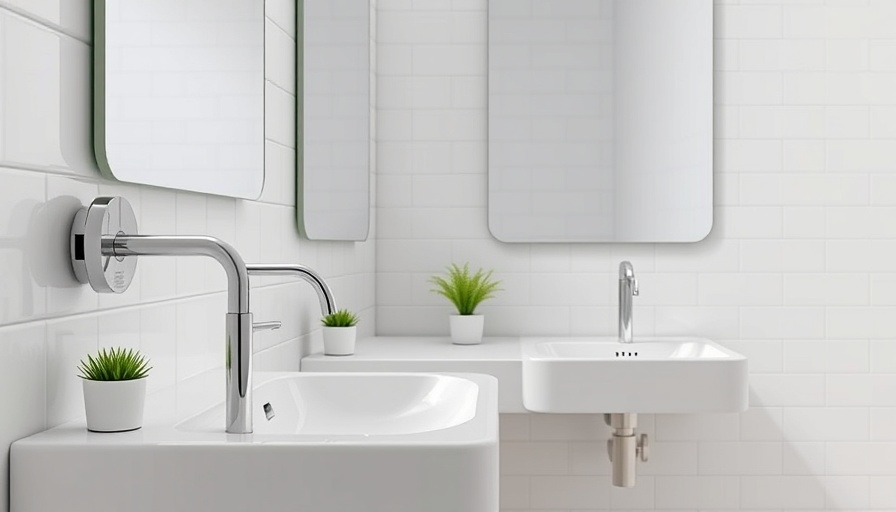
Revolutionizing Restroom Maintenance with Smart Technology
Restrooms may often be overlooked in facility management, yet they significantly impact the overall experience of occupants. When these essential spaces are poorly maintained, they can tarnish the reputation of a facility. However, the evolution of smart technology is transforming how we manage these areas, allowing for seamless and efficient operations.
Streamlining Supply Management
One of the biggest challenges facilities staff face is keeping restrooms stocked with necessary supplies. Smart dispensers for paper towels and soap can now connect to a wireless network, providing real-time alerts about supply levels. This advancement saves valuable time for cleaning staff, who no longer need to check each dispenser manually. Instead, they can focus on maintaining cleanliness and providing a better overall experience for visitors.
Water Conservation and Leak Detection Solutions
In addition to improving supply management, smart technology is crucial in reducing resource waste. Leak detection systems alert facility managers to water leaks before they become significant issues, thus preventing unnecessary water wastage. This not only promotes sustainability but also reduces operational costs associated with excessive utility usage. By using smart technologies, facilities can take a proactive approach to maintenance, ensuring both efficiency and responsibility.
COVID-19 and Labor Shortages: Accelerators of Smart Technology Adoption
The recent pandemic and ongoing labor shortages have expedited the adoption of smart technologies in restroom management. With fewer staff available on-site, facilities are turning to technology to fill gaps in service and enhance hygiene protocols. The deployment of smart solutions is not just about increasing efficiencies—it's also a necessary adaptation to ensure health and safety standards are maintained amid evolving challenges.
Future of Restroom Management
The future of restroom management looks brighter with the continuous integration of smart technology. As trends evolve and more facilities invest in these solutions, the expectations for cleanliness, efficiency, and sustainability will rise. This shift highlights a crucial point: the way we manage restrooms is a reflection of an organization's commitment to the well-being of its occupants.
 Add Row
Add Row  Add
Add 






Write A Comment